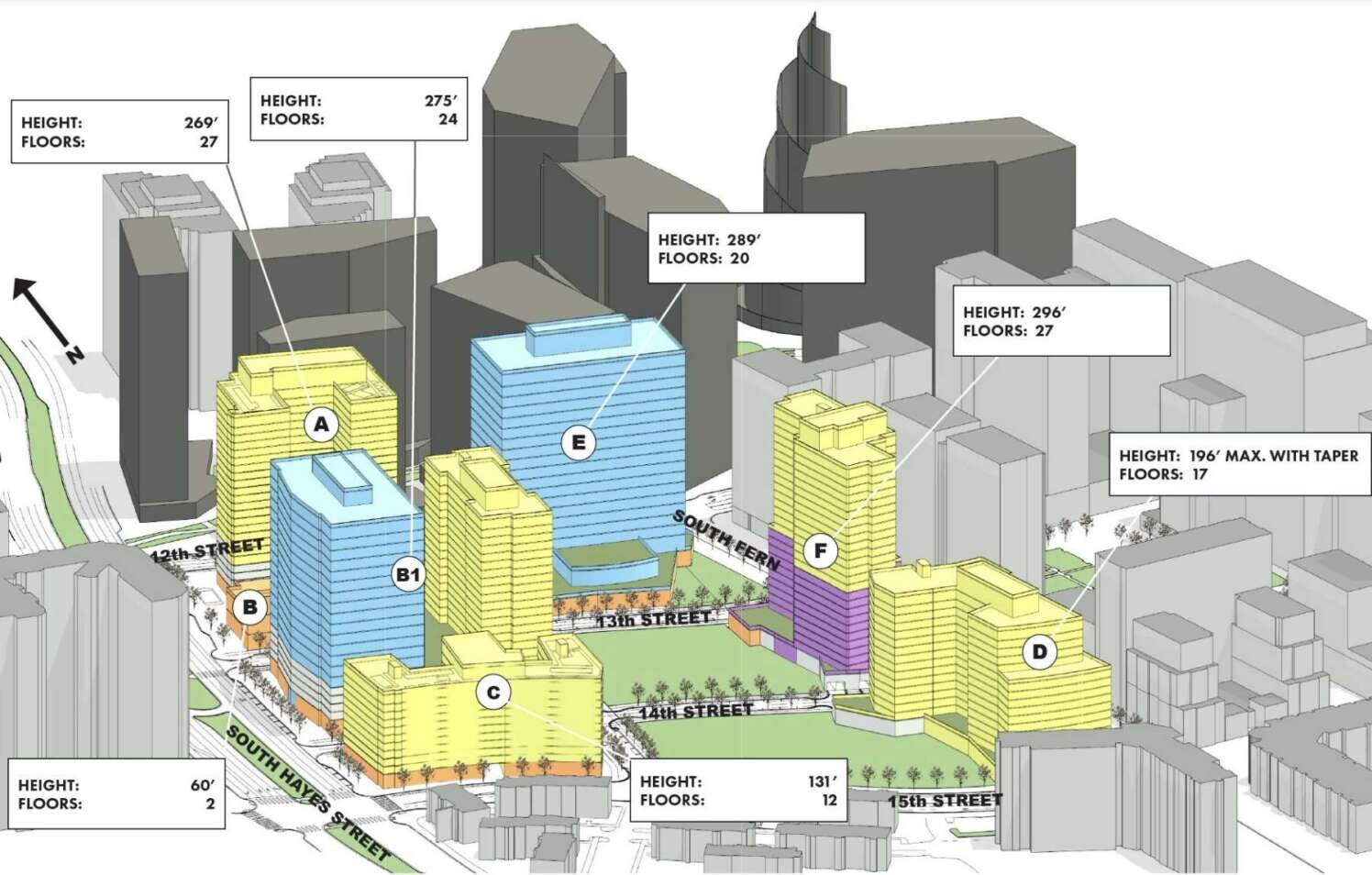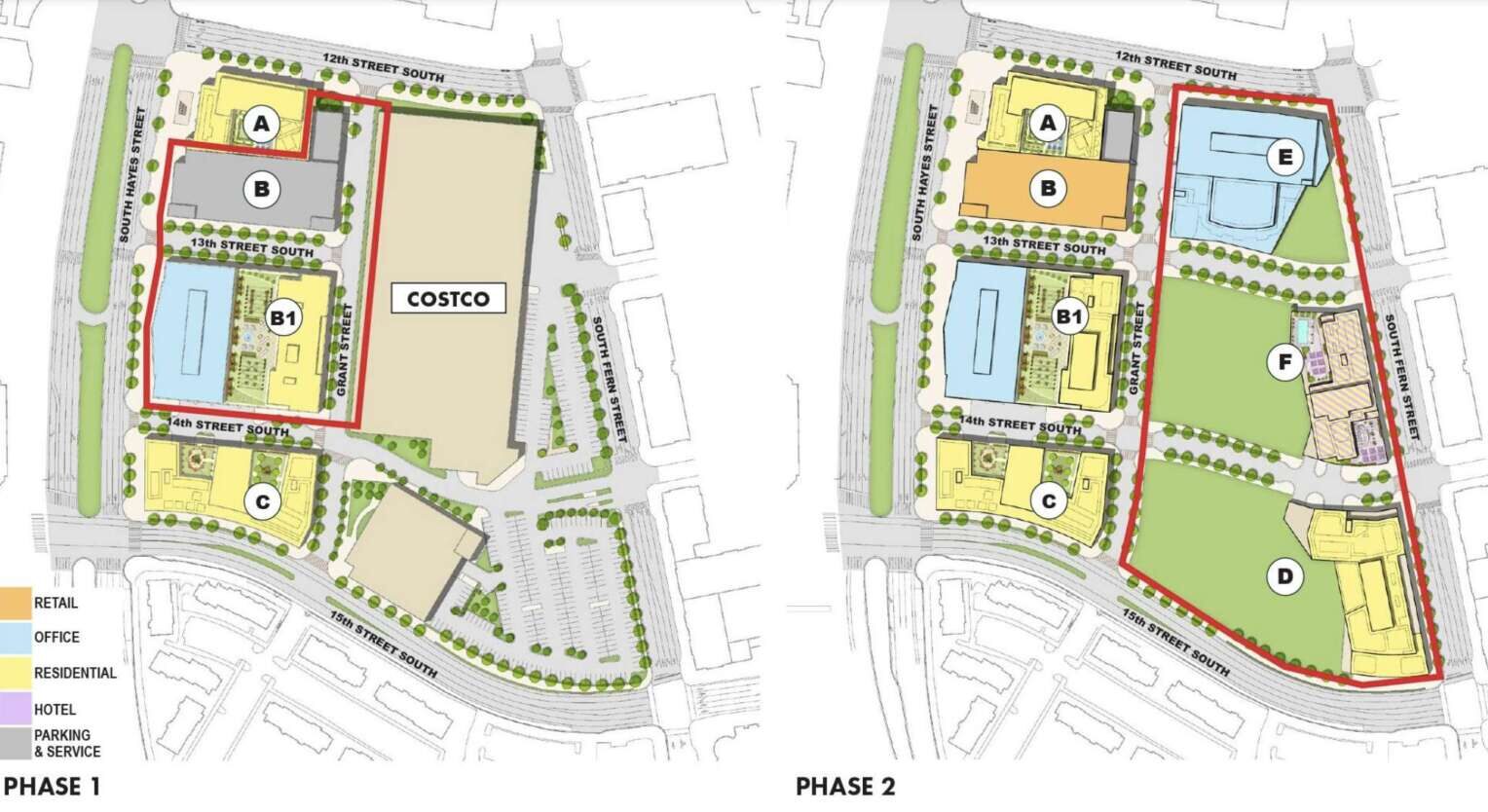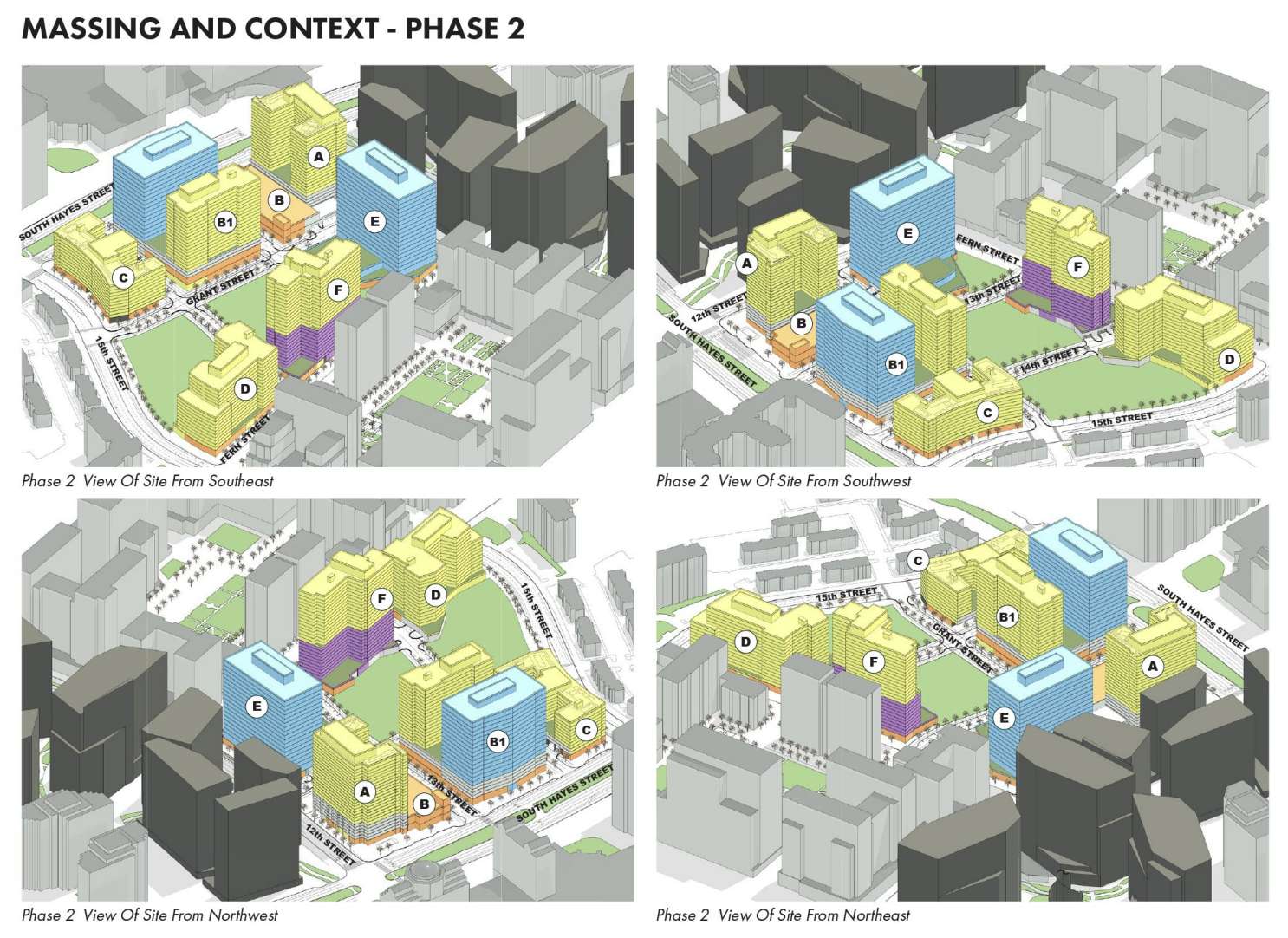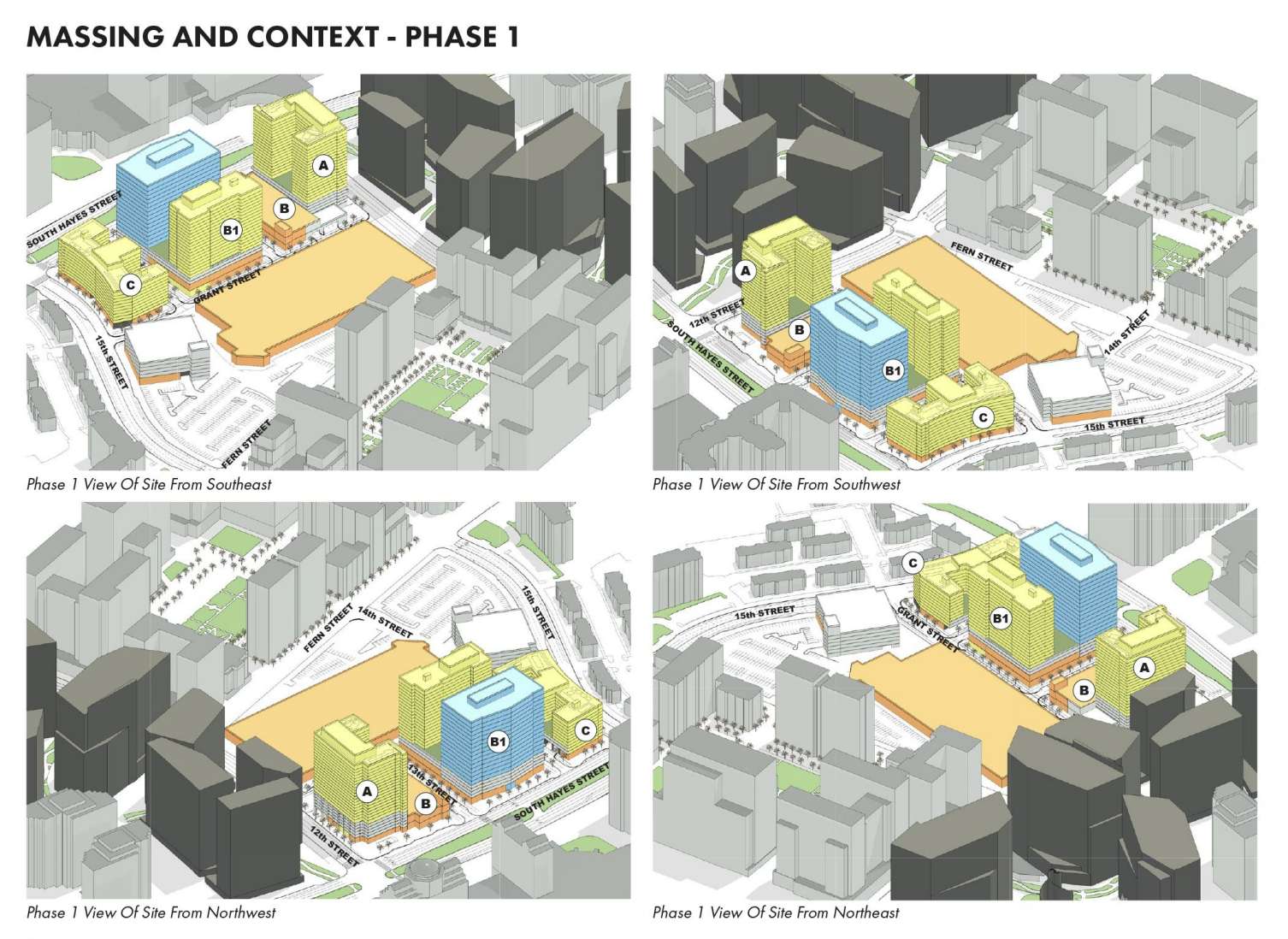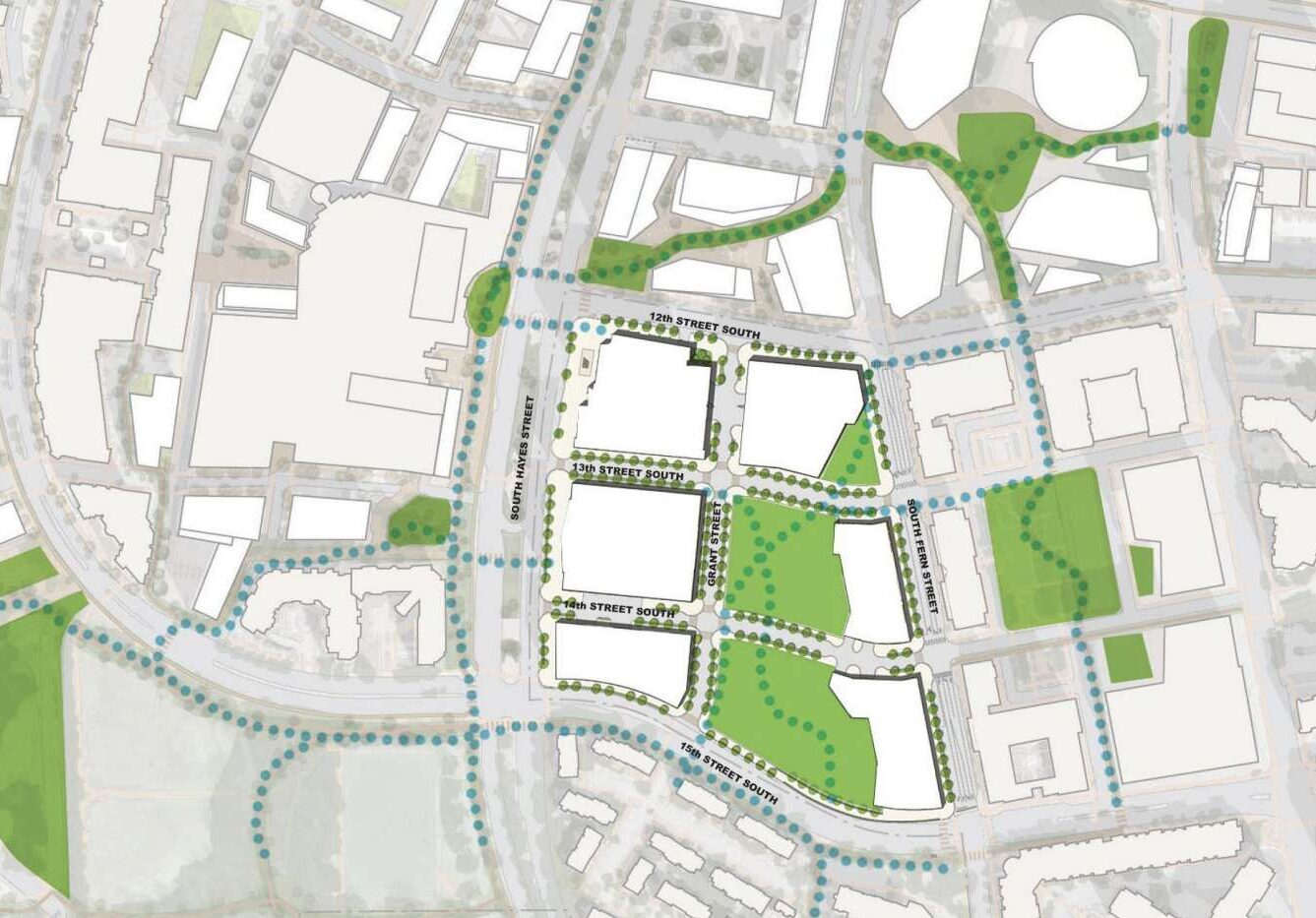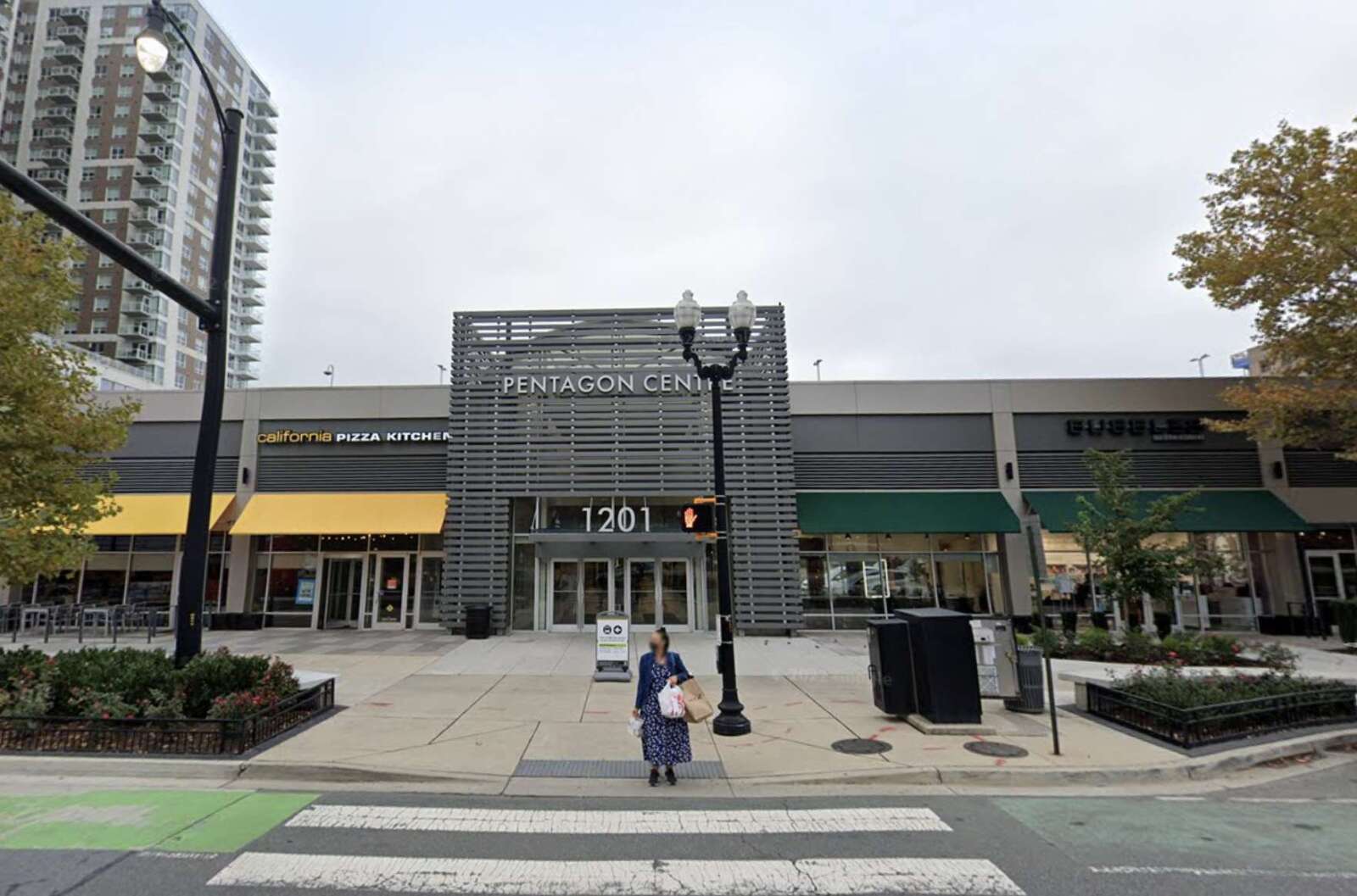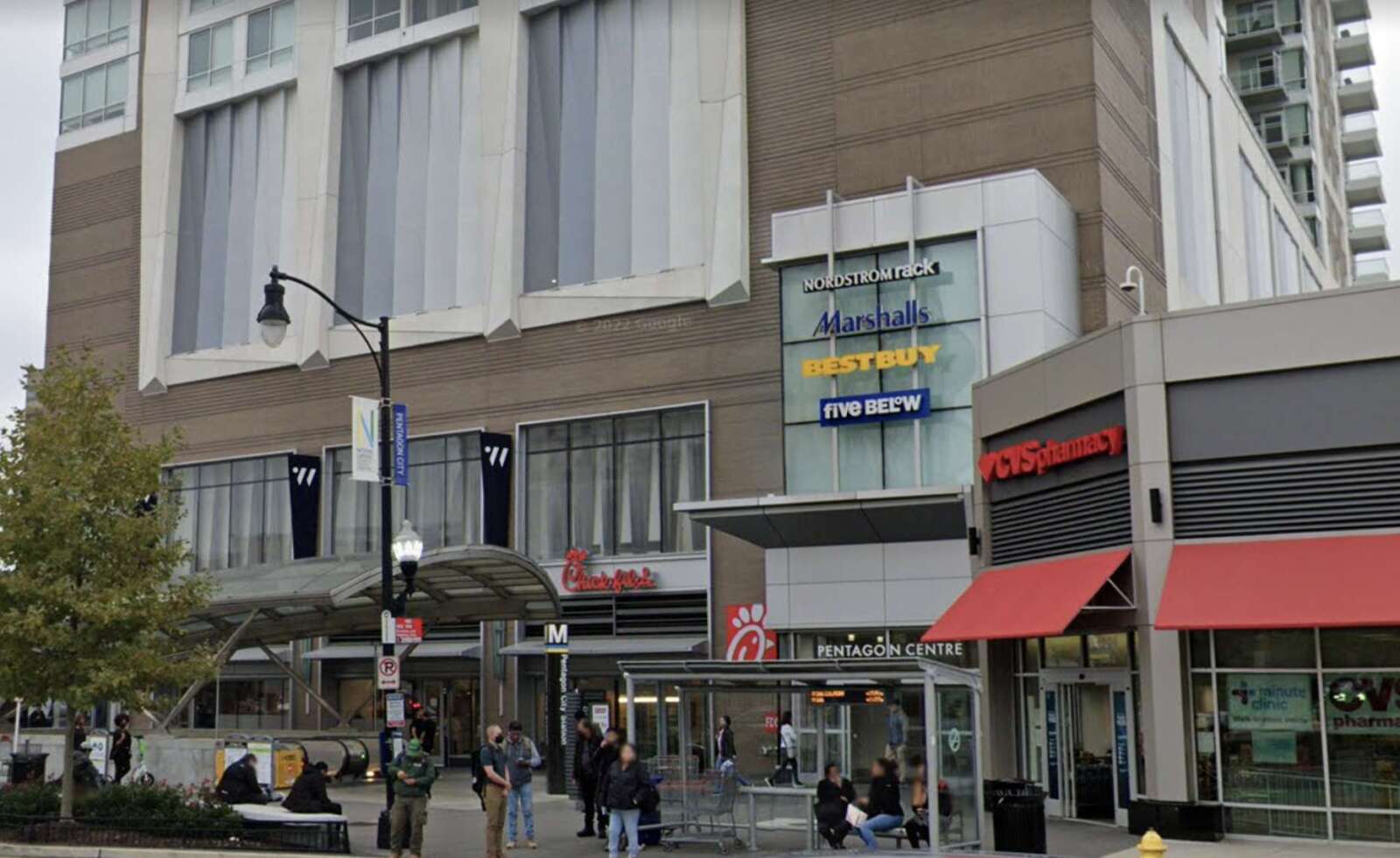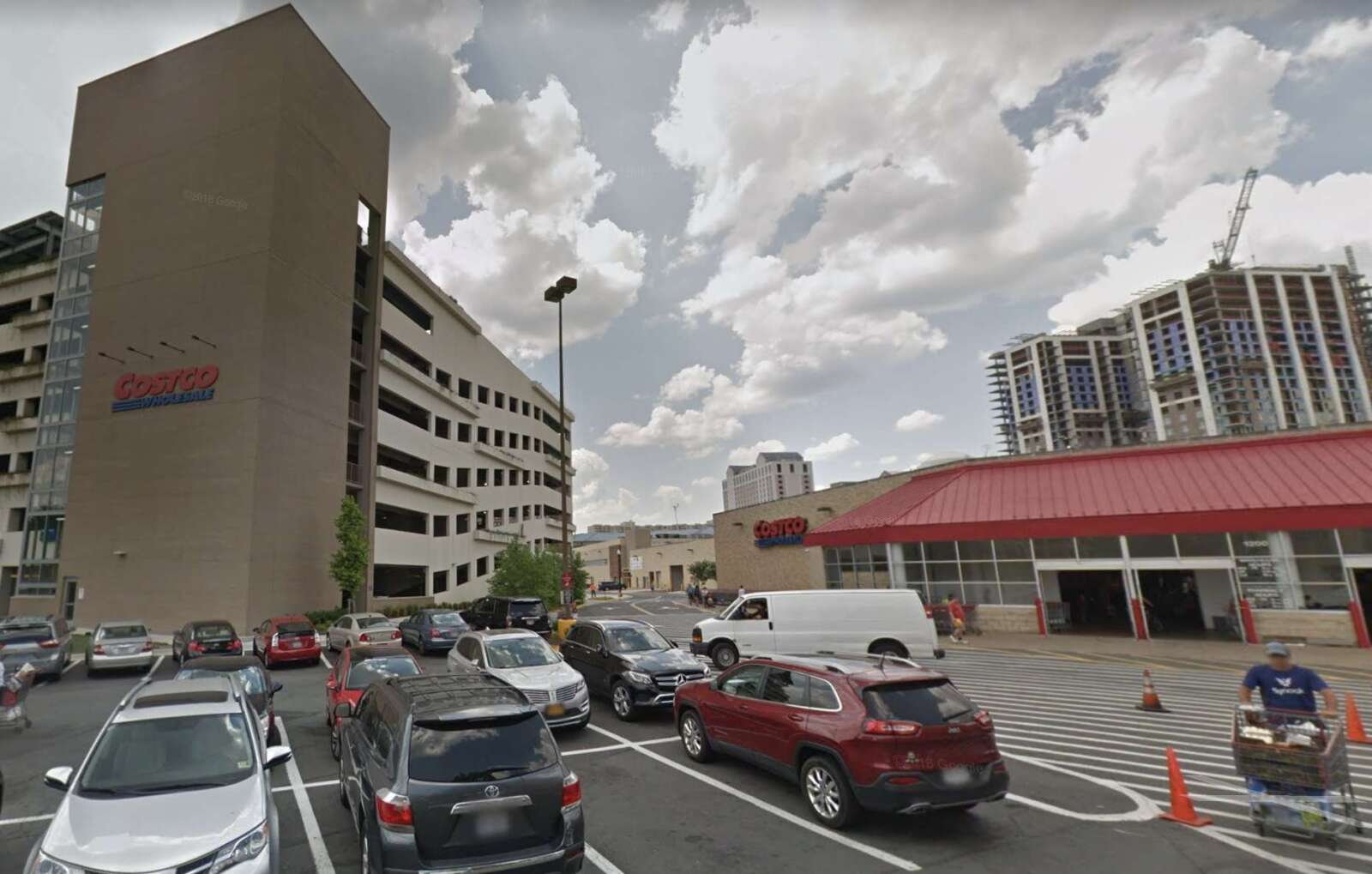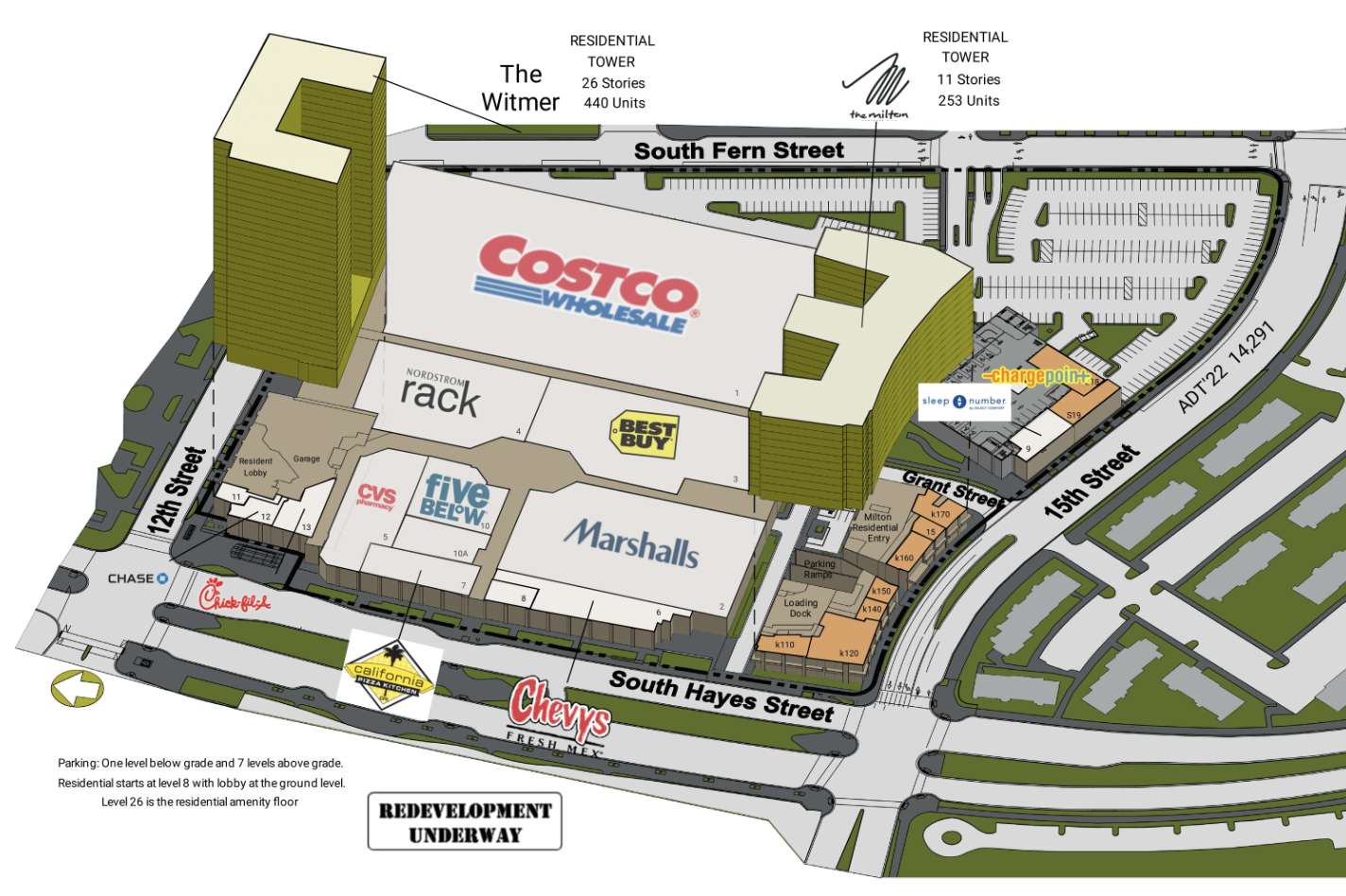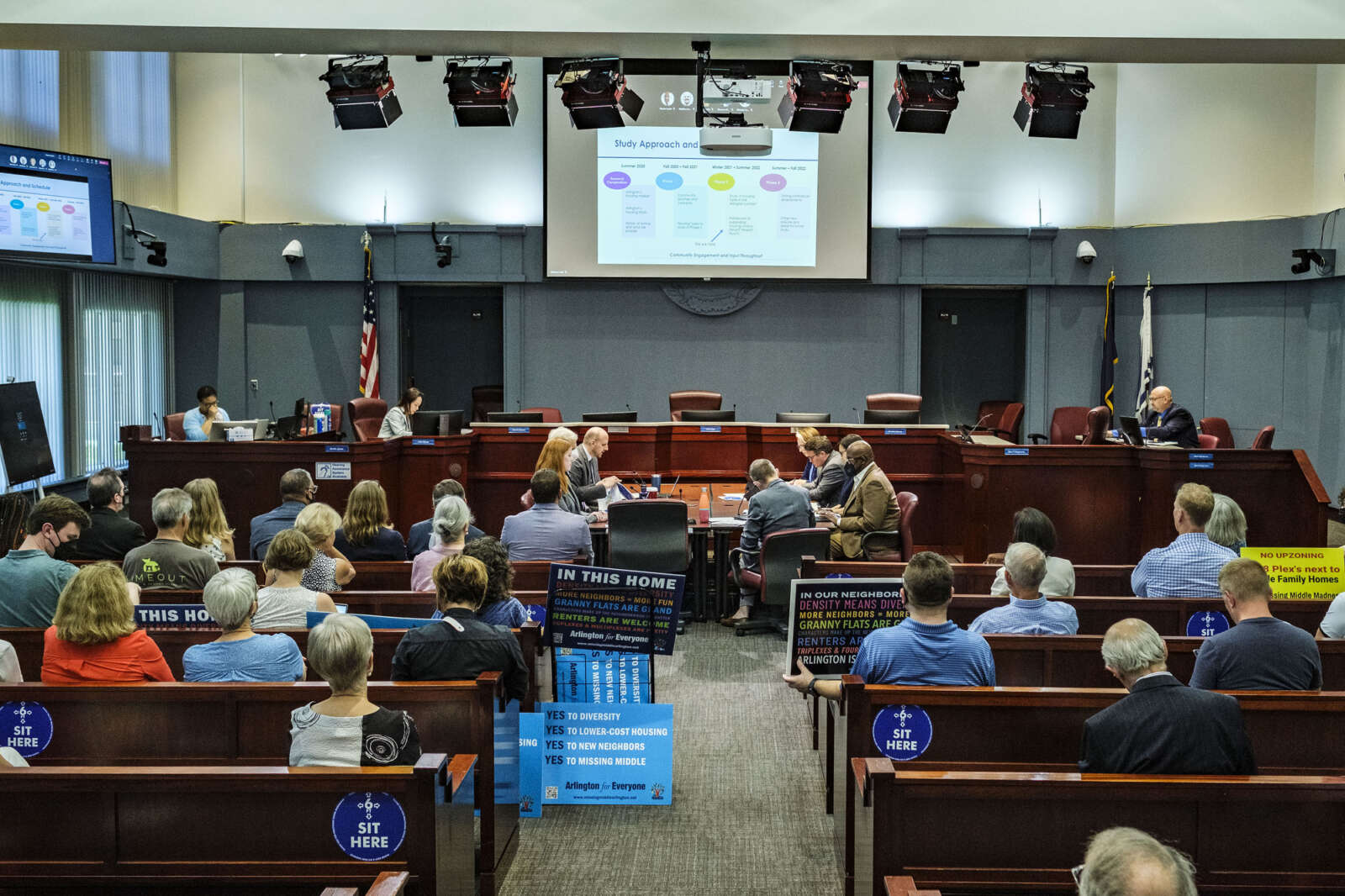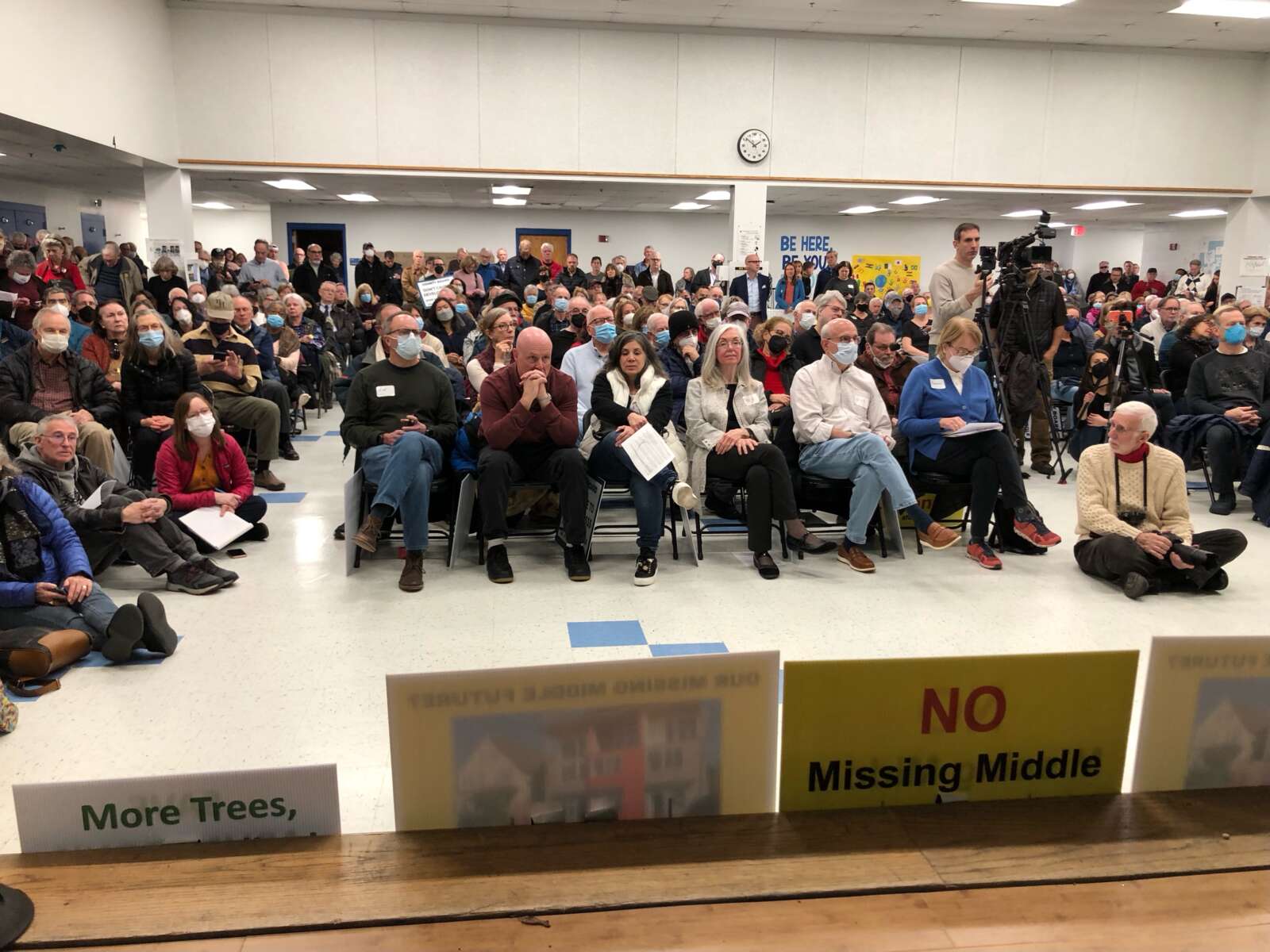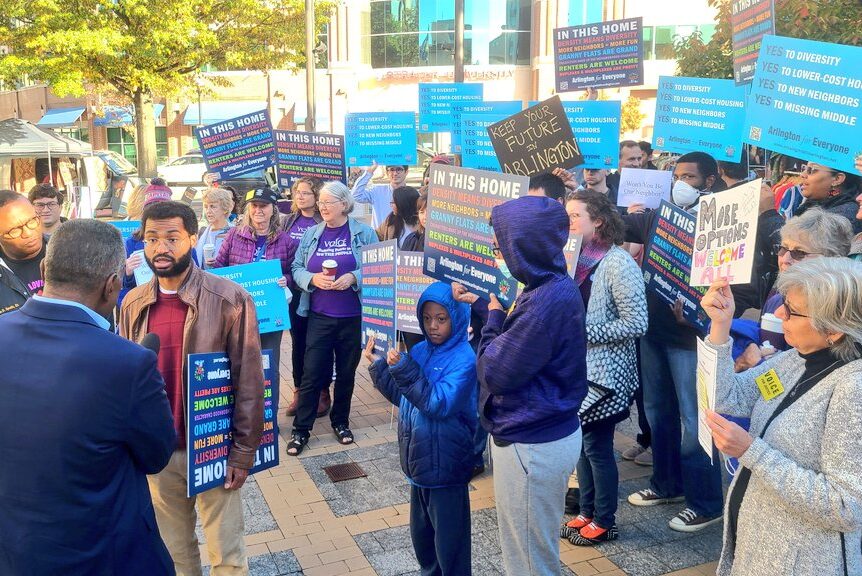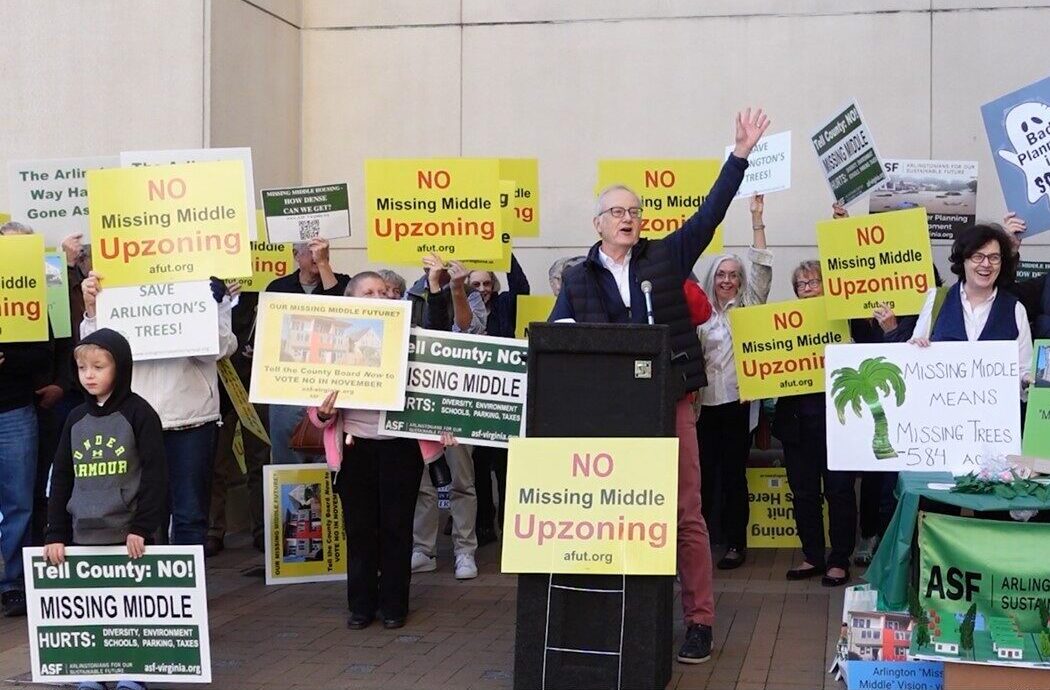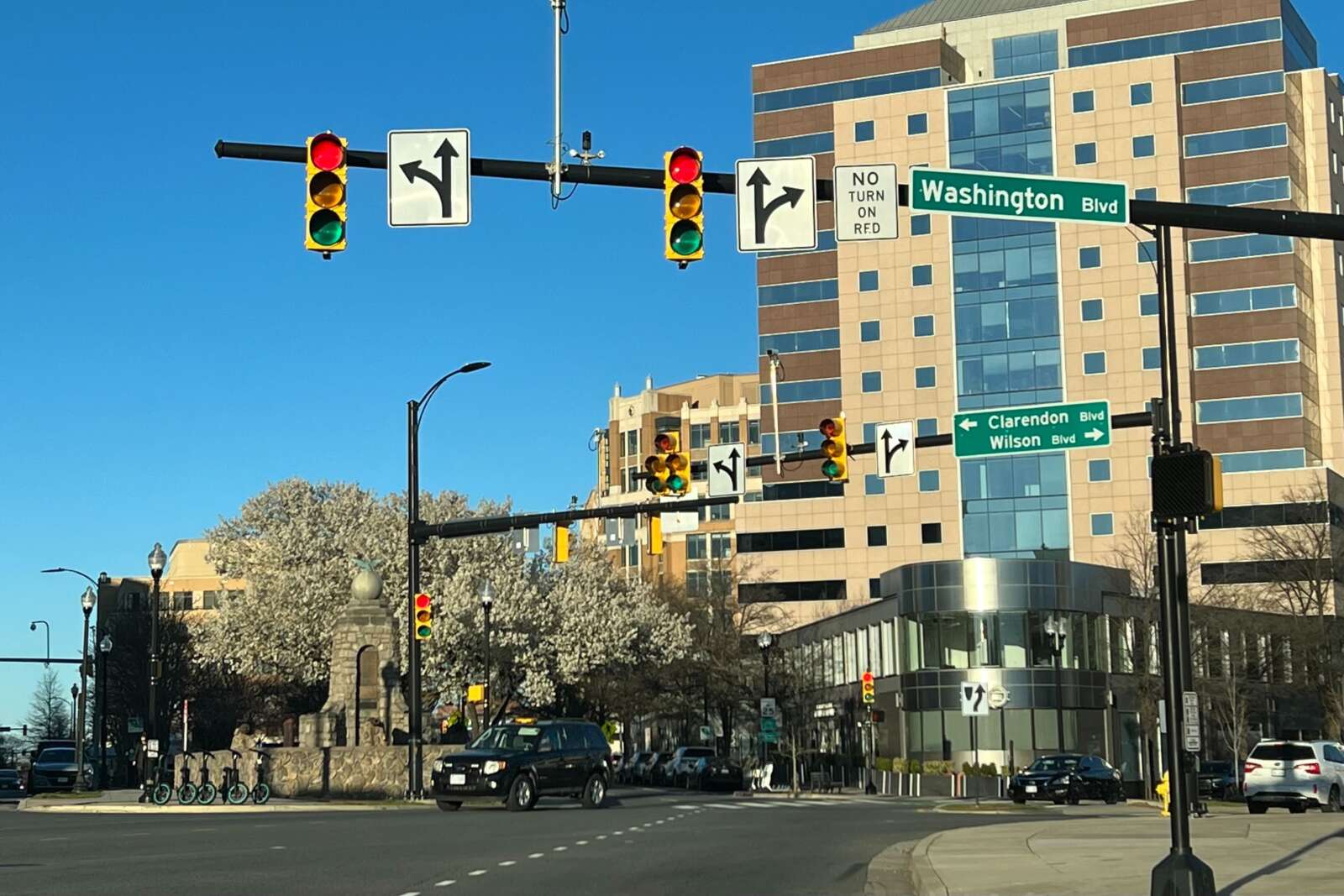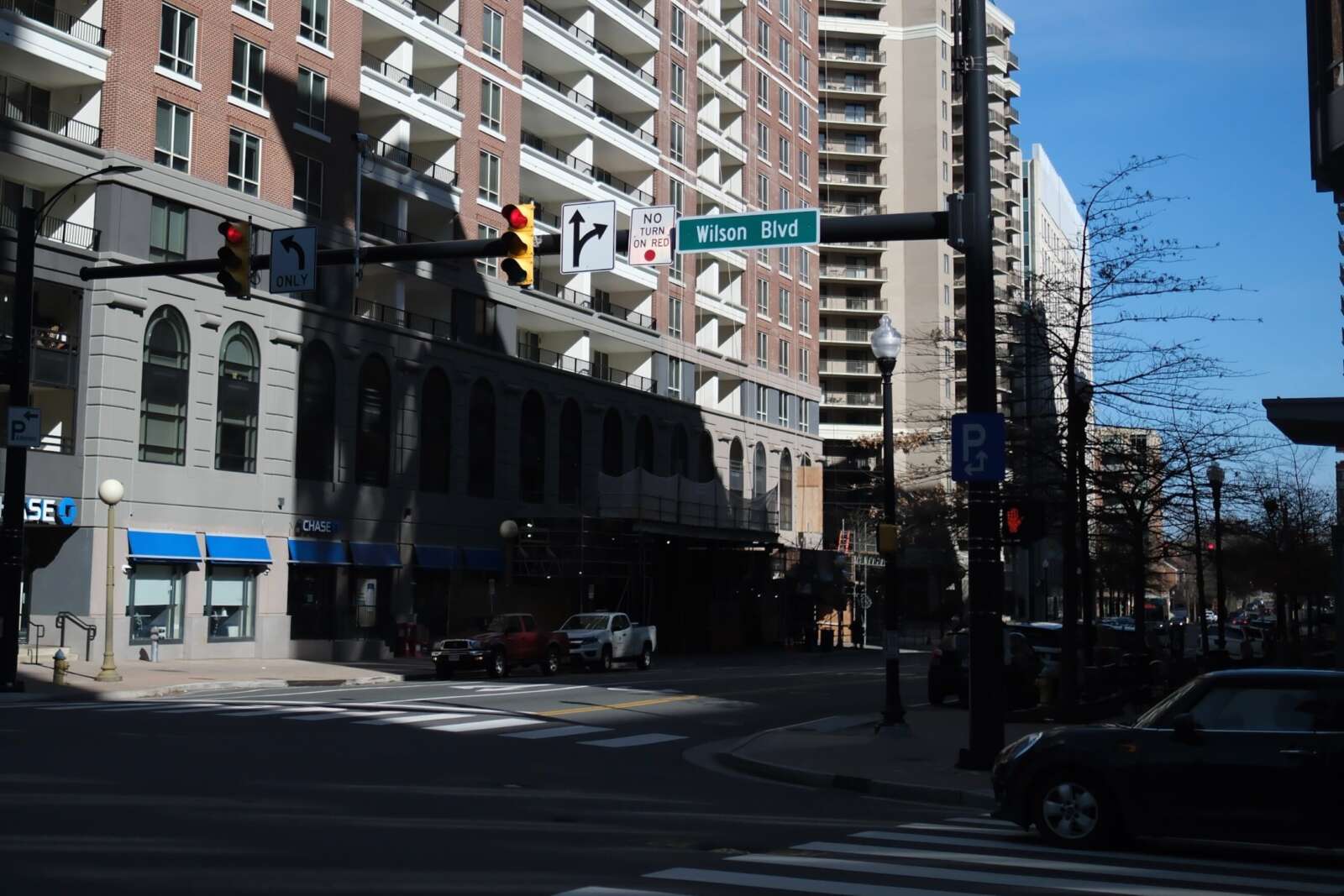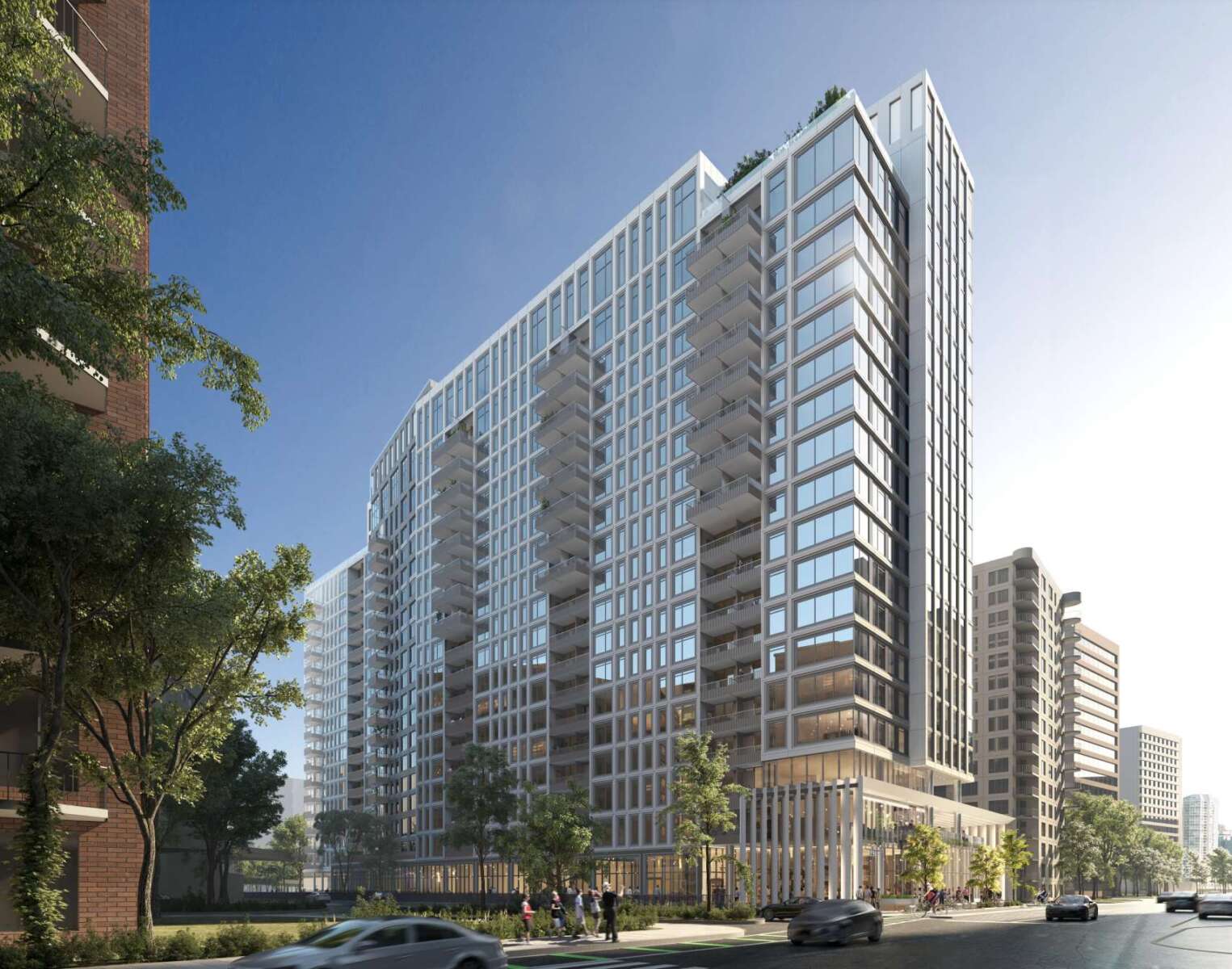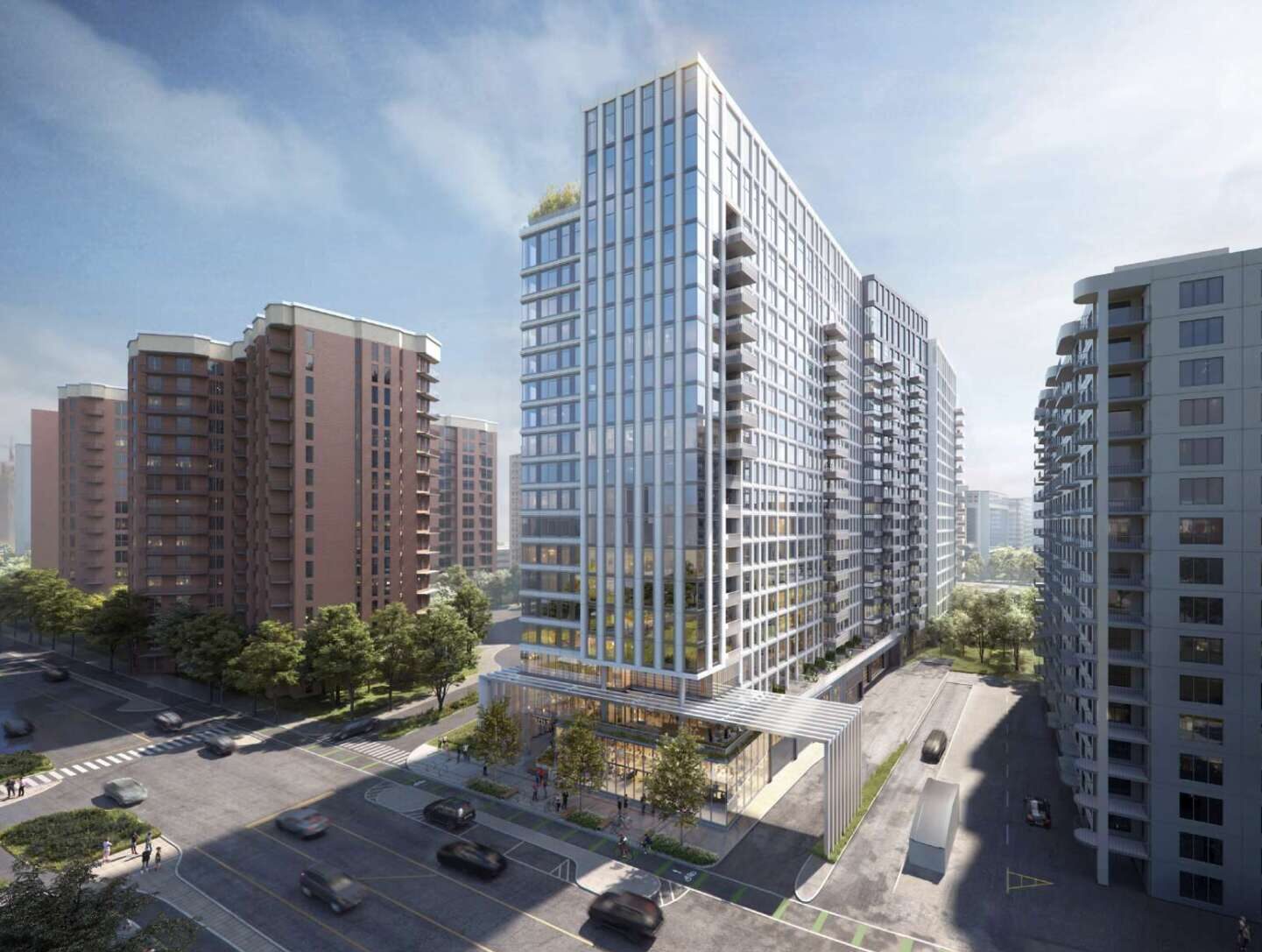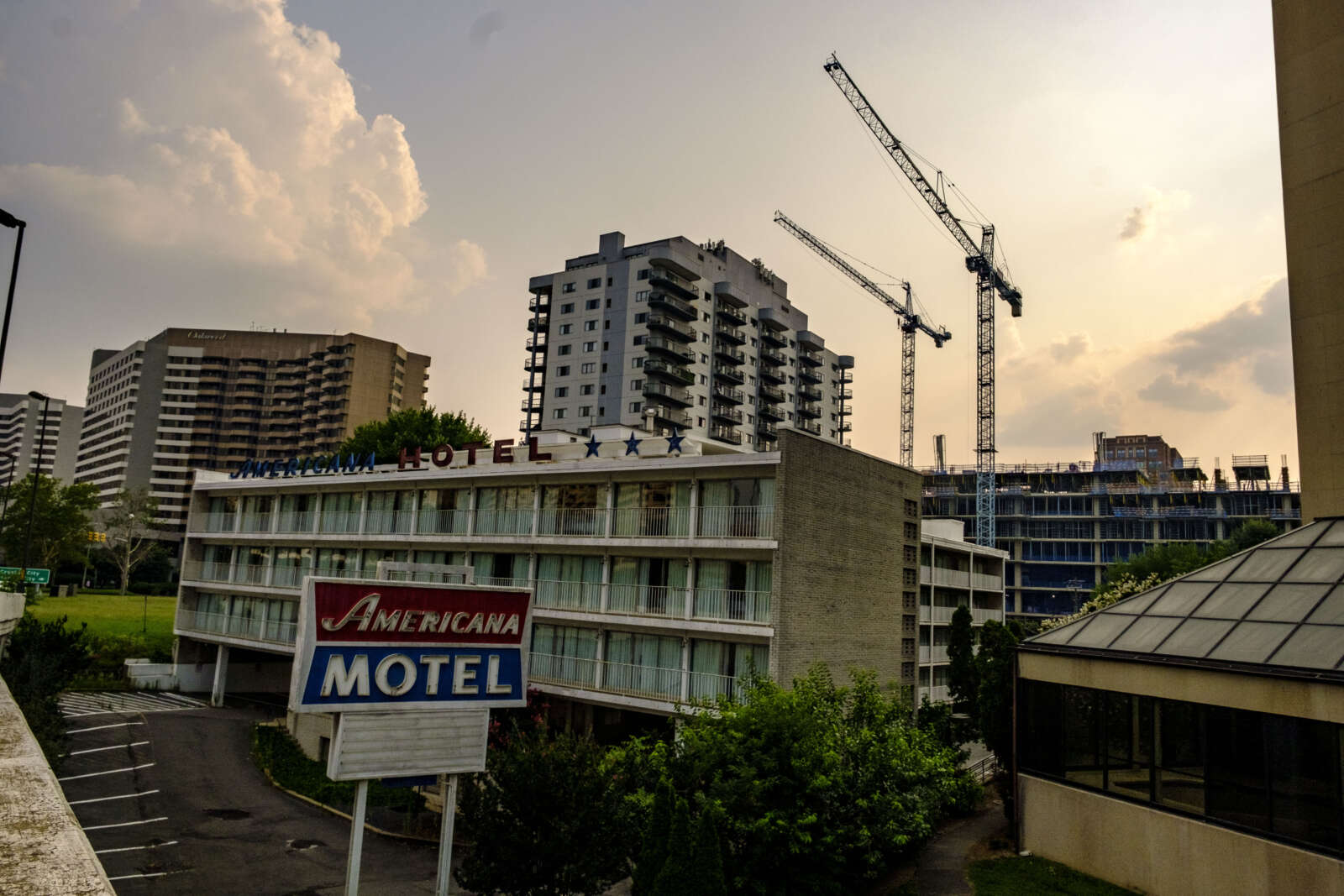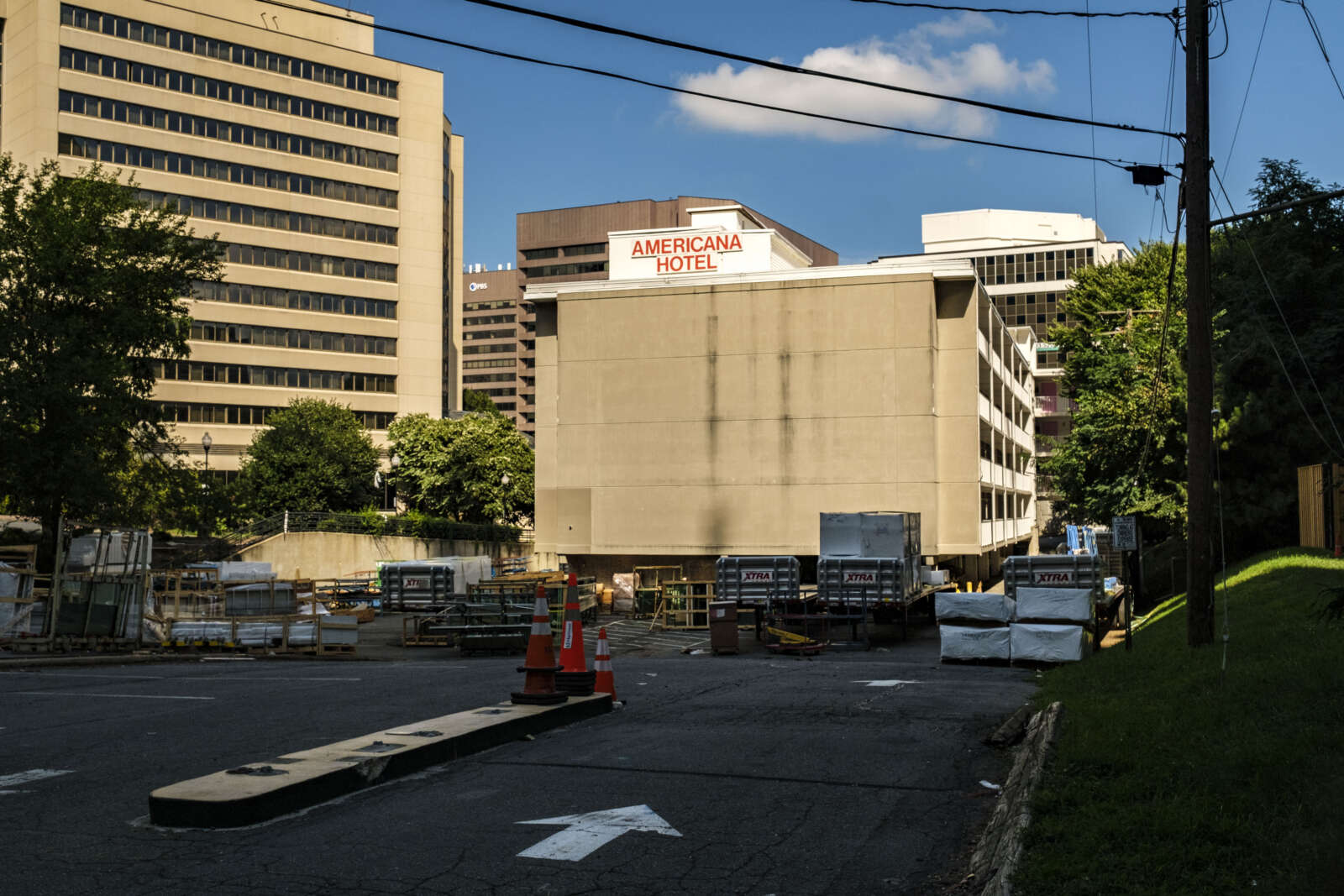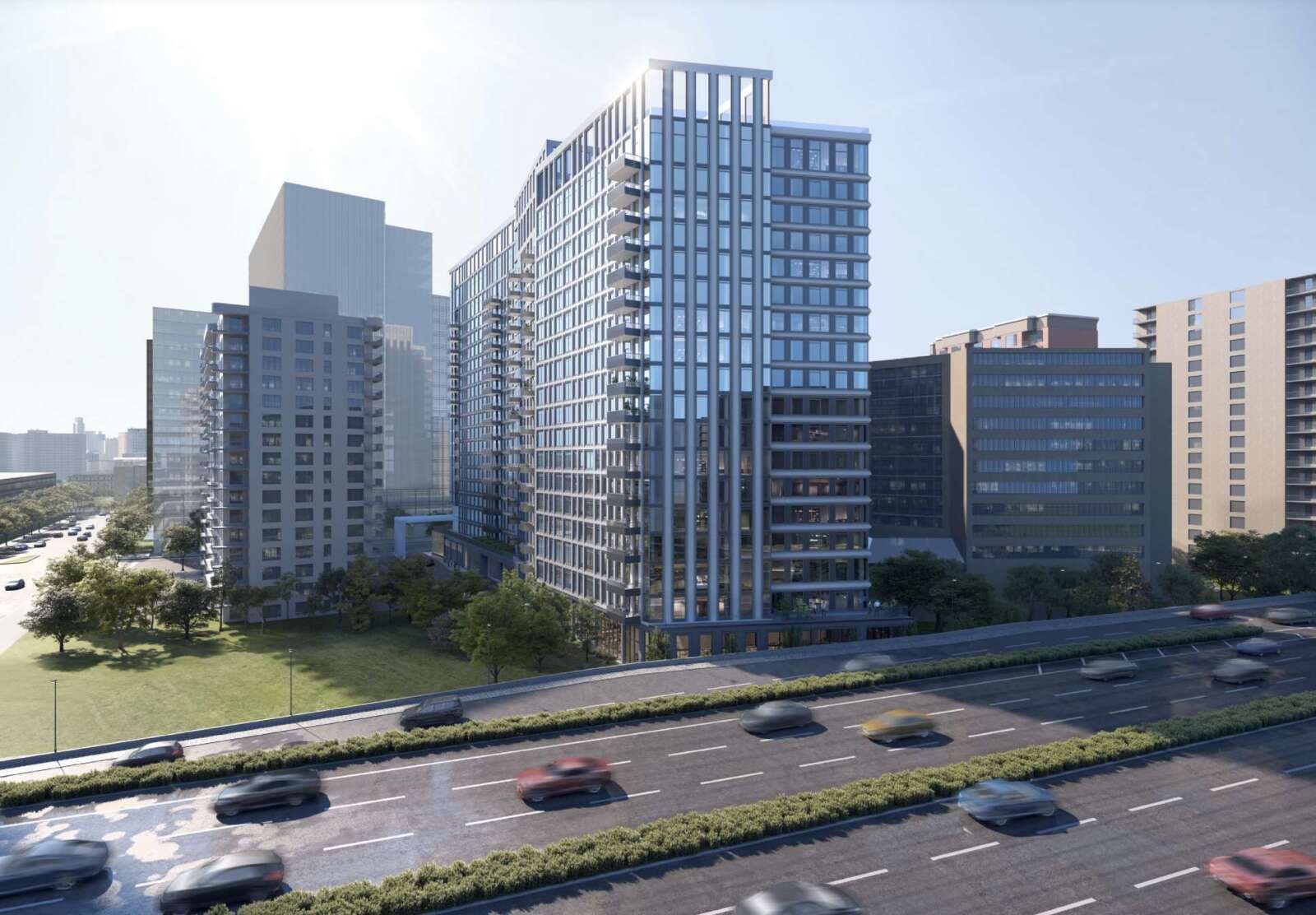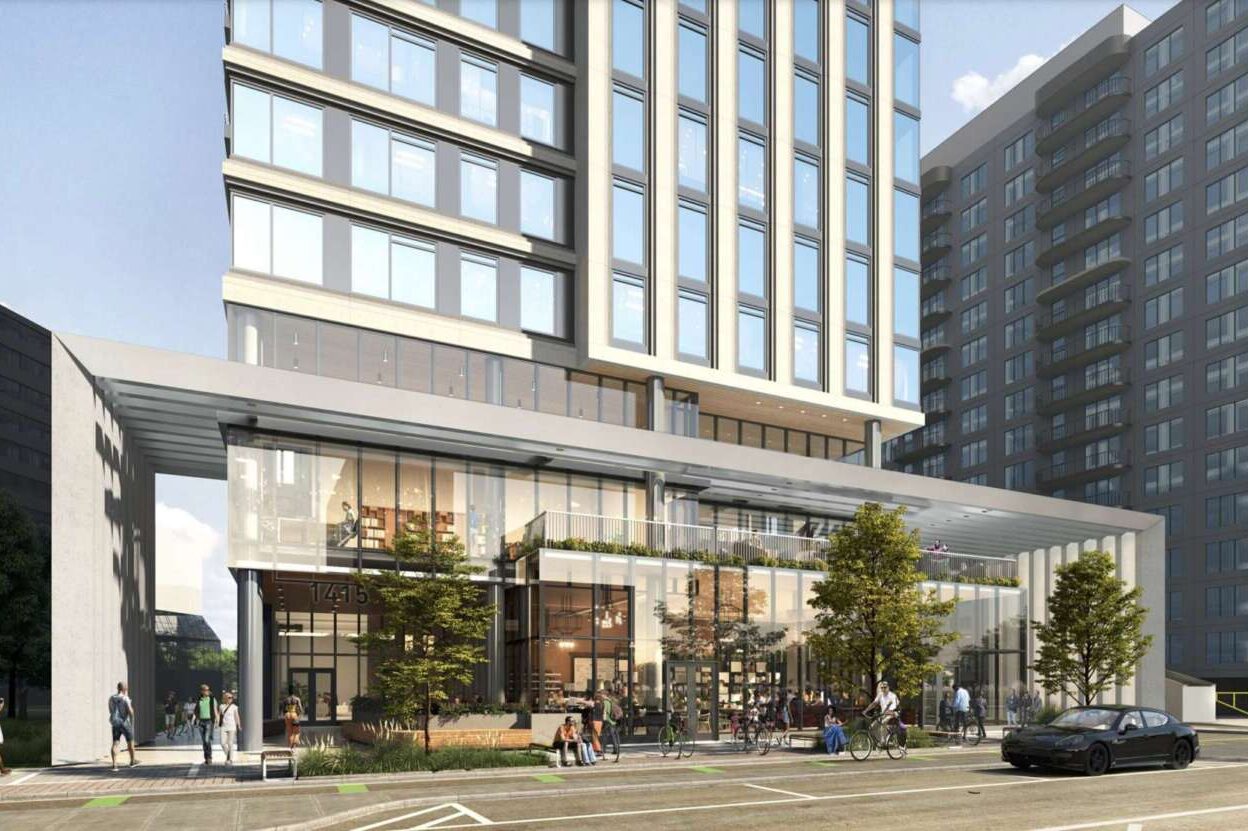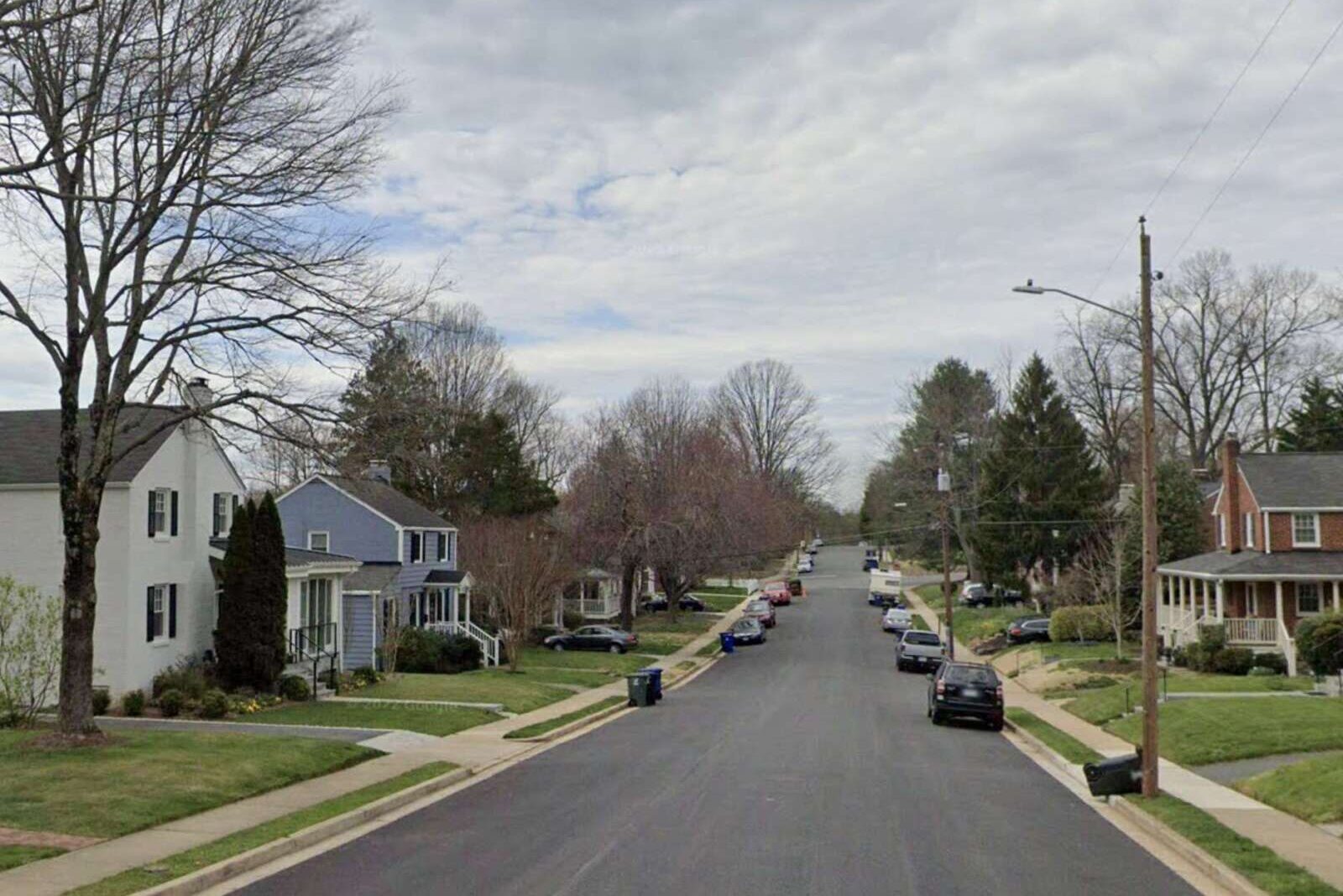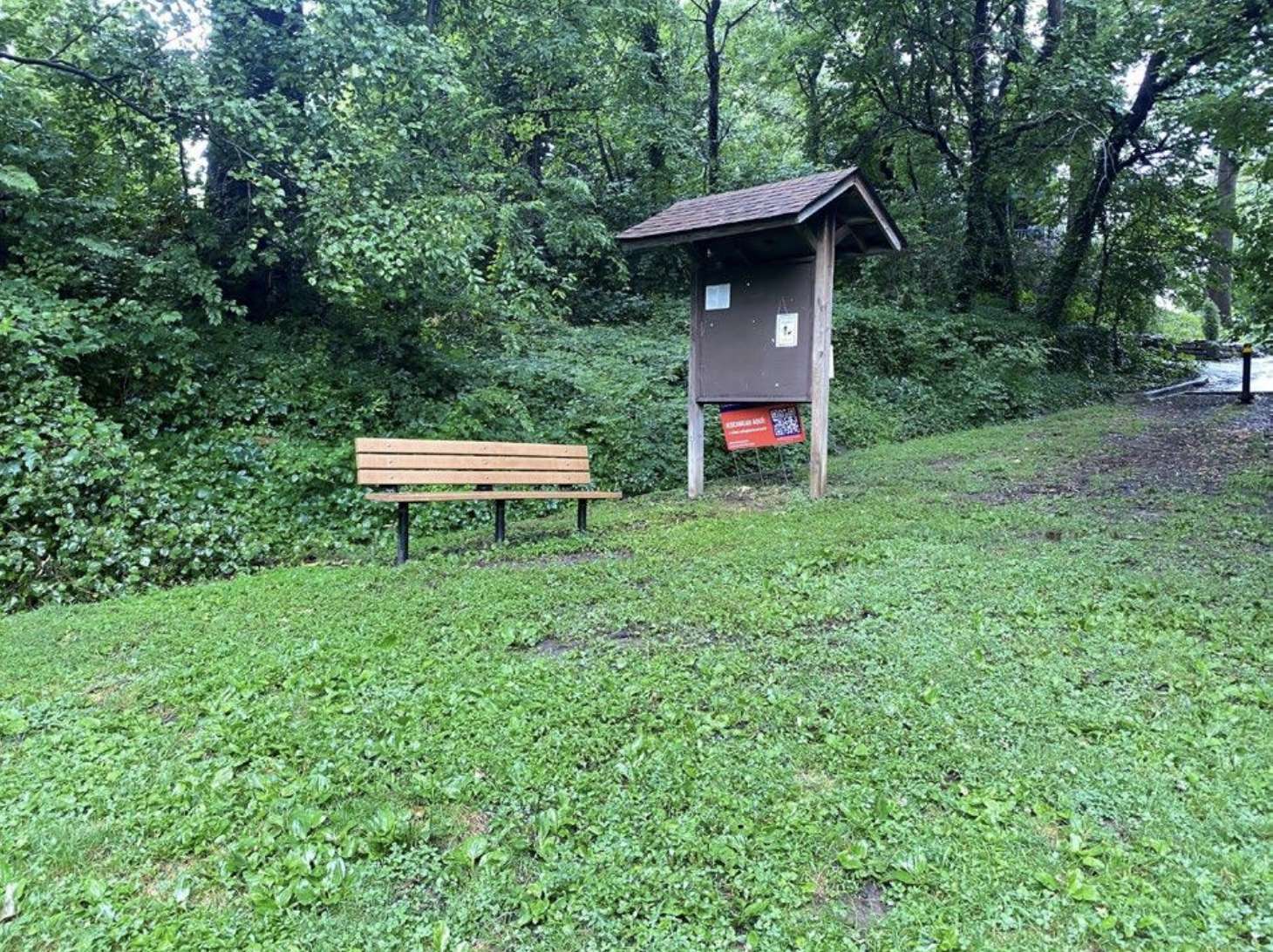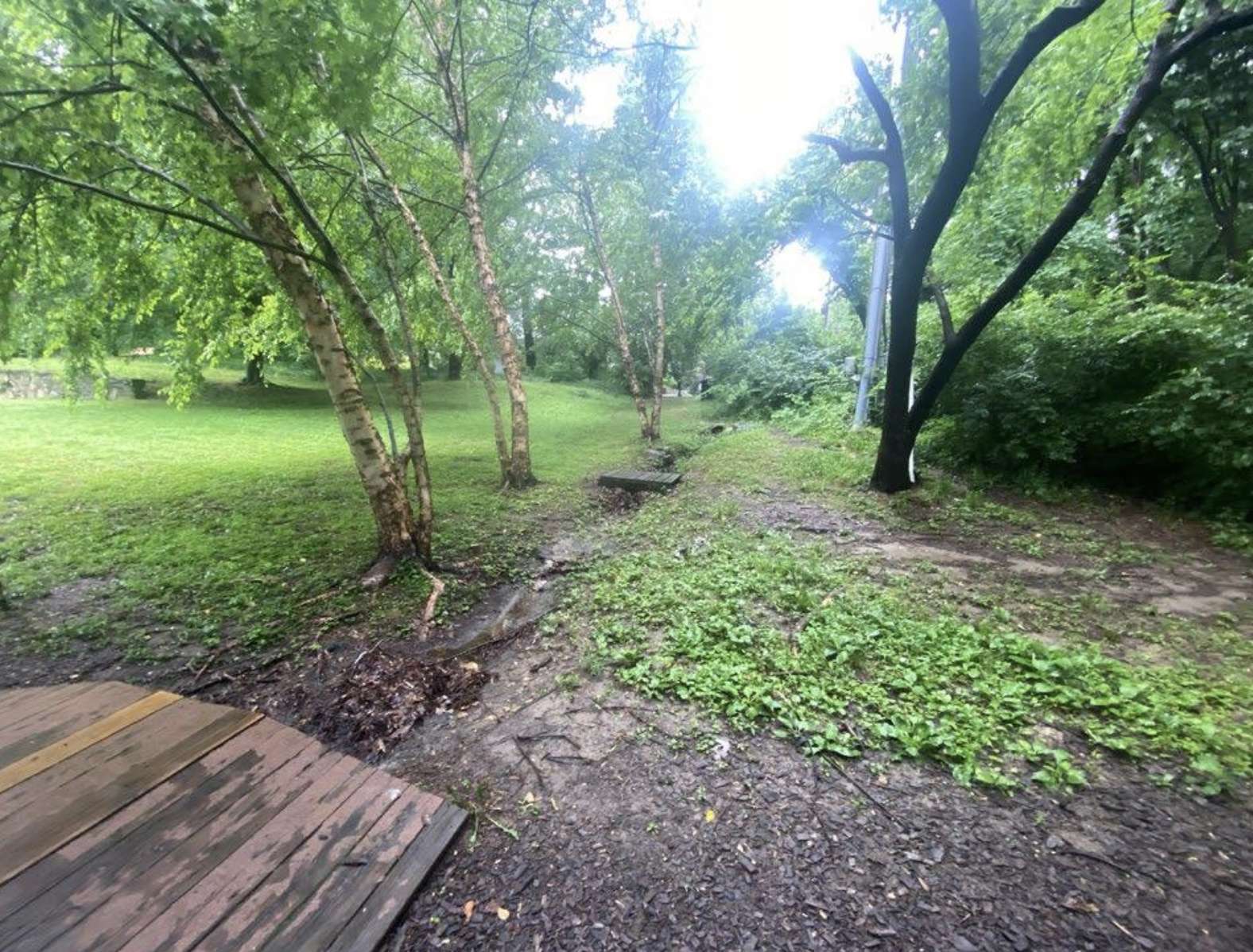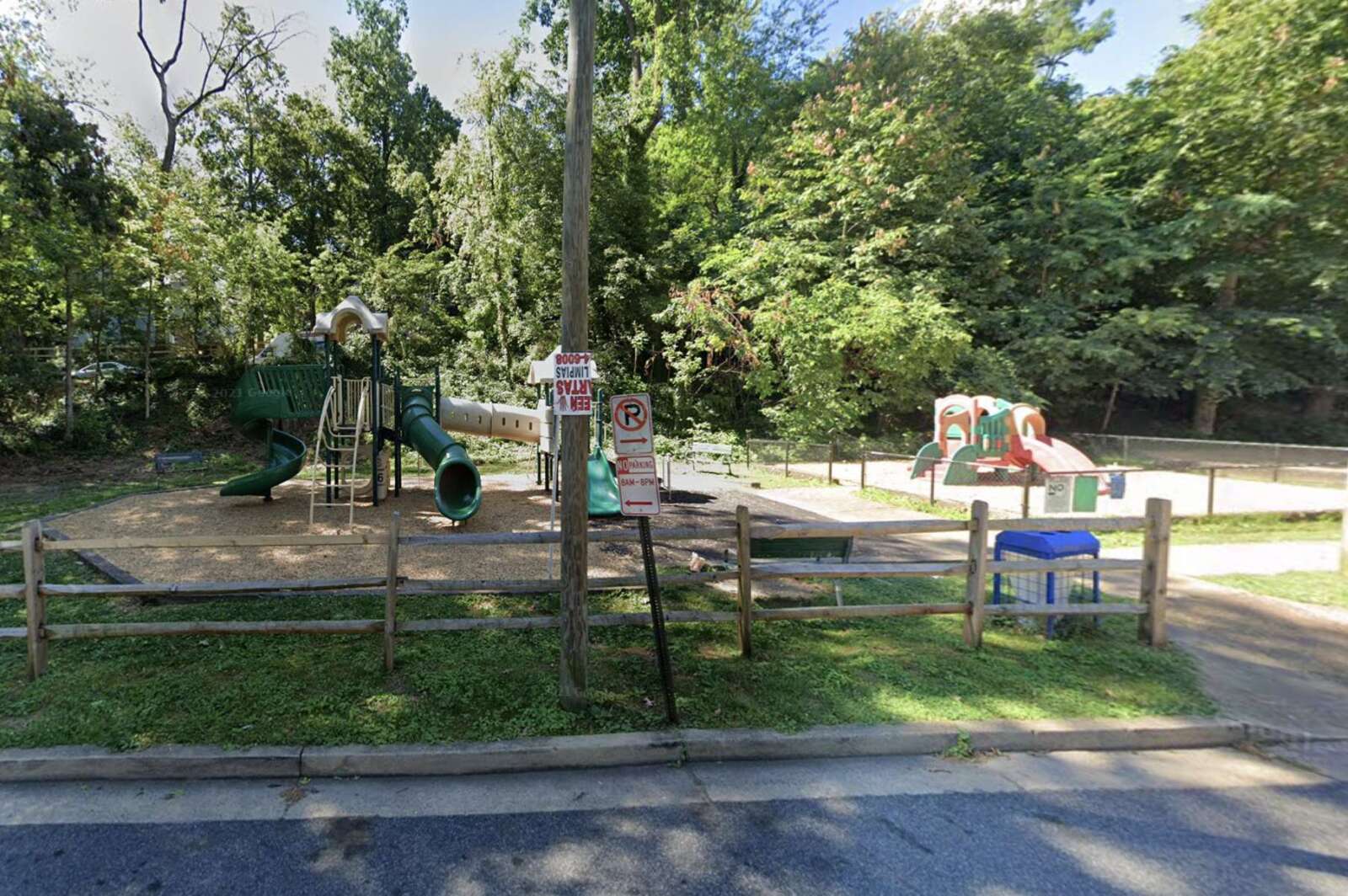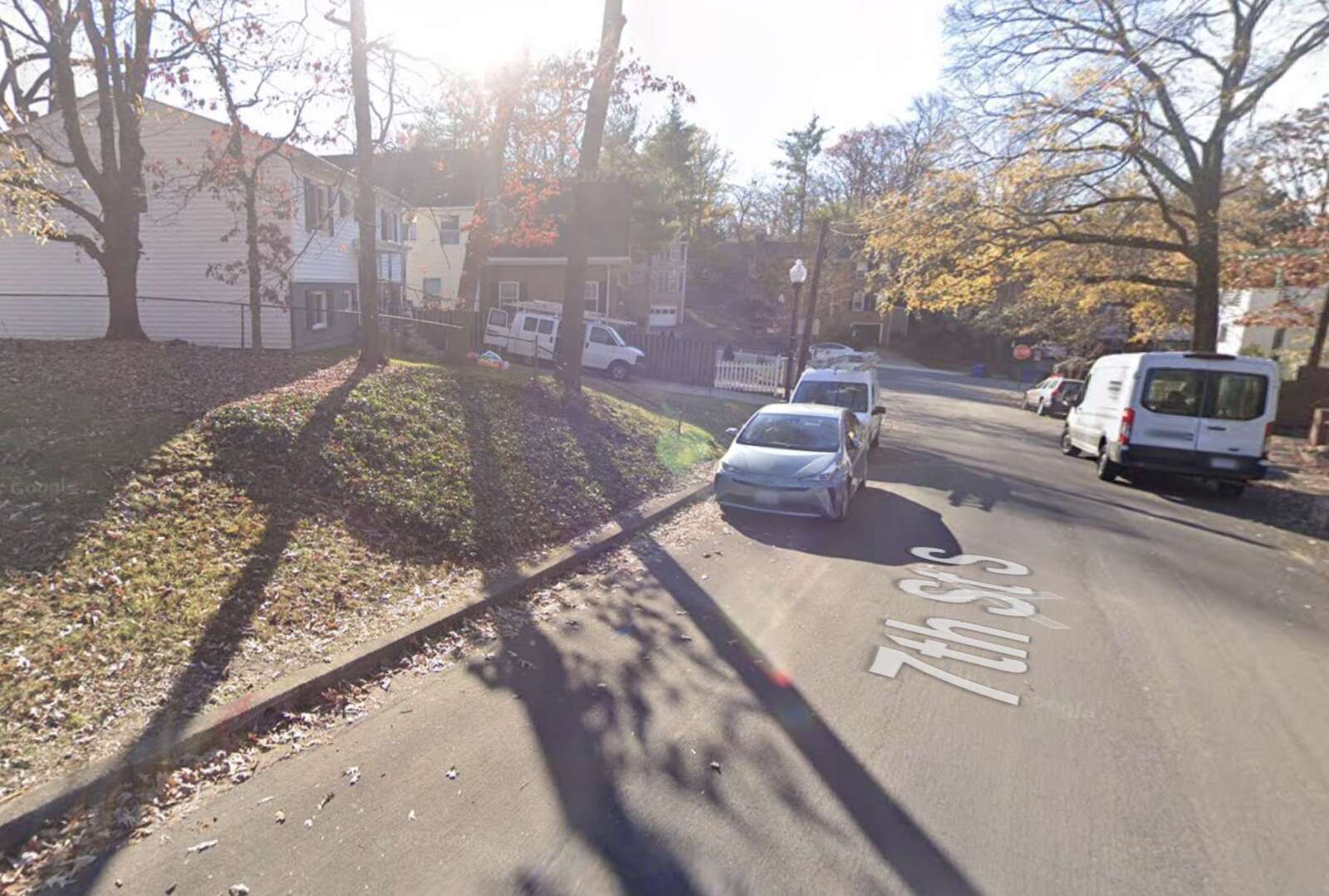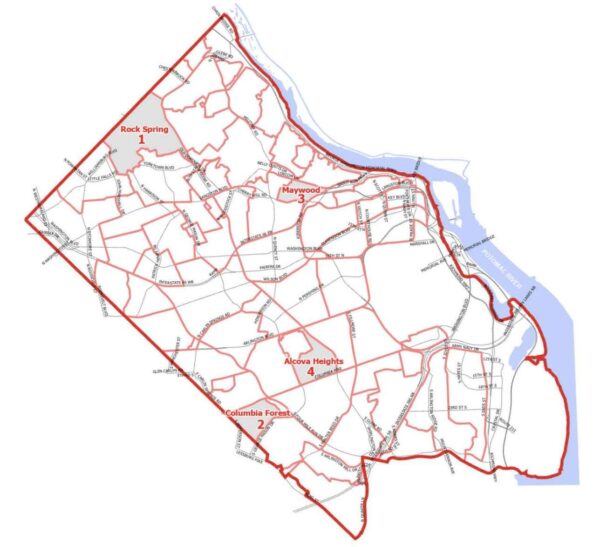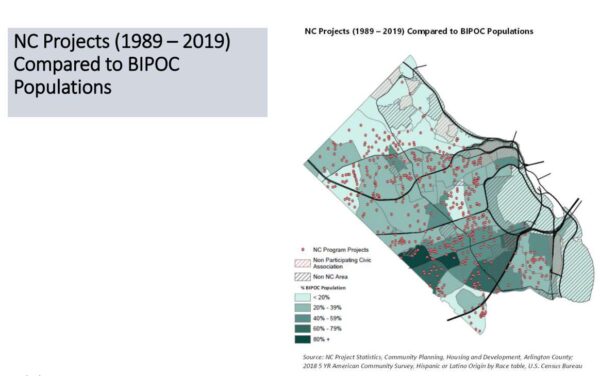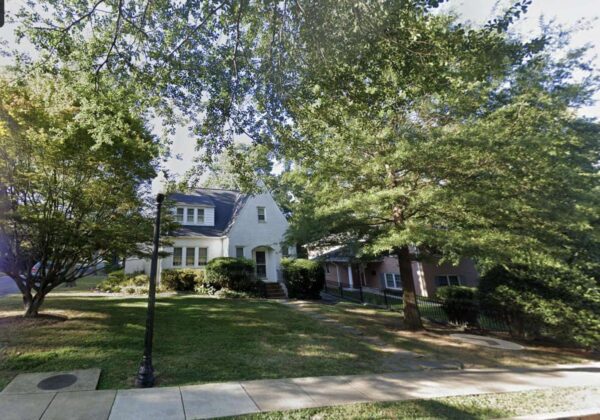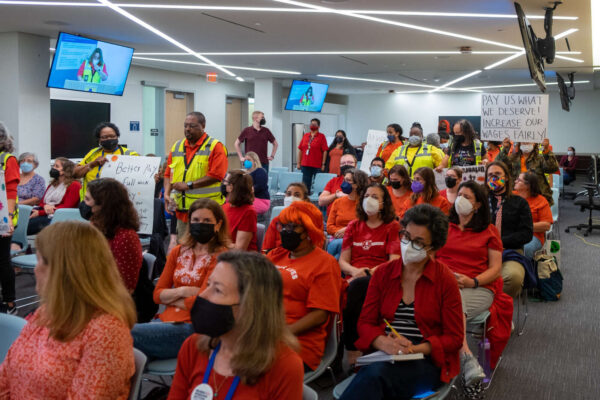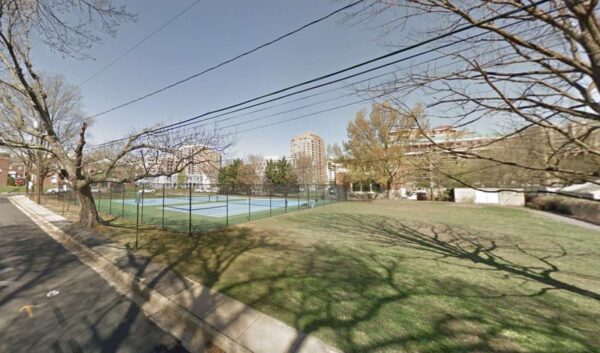
(Updated at 9:35 a.m. on 03/22/23) A second candidate has emerged for the open seat in Arlington’s new 2nd District in the Virginia House of Delegates.
Last week, Kevin Saucedo-Broach, a former Chief of Staff for Del. Alfonso Lopez (D-Arlington), announced his candidacy for the district, created after a 2021 redistricting process.
Saucedo-Broach, the treasurer for the Democratic Latino Caucus of Virginia, will run against Adele McClure, the Virginia Legislative Black Caucus executive director, in the Democratic primary this June.
According to the Virginia Public Access Project, Saucedo-Broach and McClure, who announced her candidacy more than a year ago, are the only two candidates in the running. Former candidate for state Senate and County Board Nicole Merlene withdrew last year after buying a home outside of the district’s boundaries.
If elected, Saucedo-Broach — who identifies as bisexual — says he would be the first openly LGBT legislator of color in Virginia’s history.
“It would be an incredible honor to bring my hometown’s progressive values of openness, compassion, and justice to the House of Delegates,” Saucedo-Broach said in a statement.
As Lopez’s chief of staff, he says he helped pass legislation that allowed undocumented residents to pay in-state college tuition rates and receive financial aid, as well as another that established the first statewide LGBT governmental advisory body in the South.
“As someone who has spent over a decade organizing to elect progressives in Virginia, I can’t sit on the sidelines while MAGA Republicans like Glenn Youngkin step up the attacks on low-income, immigrant families like mine to push an extremist agenda,” he continued. “I am more than ready to fight back and to take that fight all the way to Richmond.”
Saucedo-Broach is outspoken on LGBT equality, healthcare and anti-poverty measures.
Glenn Youngkin and Virginia Republicans are successfully banning LGBTQ+ safe spaces in Virginia schools.
For many queer kids, school is the only safe space they have.
Virginia Republicans would prefer to force queer kids to shut up and stay closeted, consequences be damned. https://t.co/bhfp0tMKT2
— Kevin Saucedo-Broach (@kevsaucebro) January 29, 2023
I'm running because I believe that Virginia has the potential to lead the nation in ending poverty and fostering prosperity for all—if we elect leaders who are 100% committed against rigged politics that ignore the needs of the working class!
— Kevin Saucedo-Broach (@KSBforVA) March 19, 2023
The fourth-generation Arlingtonian says healthcare reform in particular motivated him to get involved in politics.
“I started organizing a decade ago to help expand Virginia Medicaid, because I was terrified of what would happen to my mom if she couldn’t afford health insurance,” Saucedo-Broach said. “The struggle to access vital primary and mental healthcare services has deeply impacted my entire family and I know that far too many other people in our community are struggling with it, too.”
He says his grandmother died by suicide in Arlington in 1992.
“I’m running for Delegate to ensure that all Virginians have access to the kinds of services that could have saved her life, so we might keep other families from suffering the same pain mine has,” he said.
Saucedo-Broach notes that he is a longtime volunteer with Arlington County Democratic Committee, a former chair of the local party’s Latino Caucus, and former executive board member for its LGBTQ+ Equality Caucus.
District 2 mostly consists of the Metro corridor communities of Rosslyn, Courthouse, Clarendon, Crystal City and Pentagon City, and the single-family home neighborhoods surrounding them.
The Democratic primary will be held on Tuesday, June 20.


